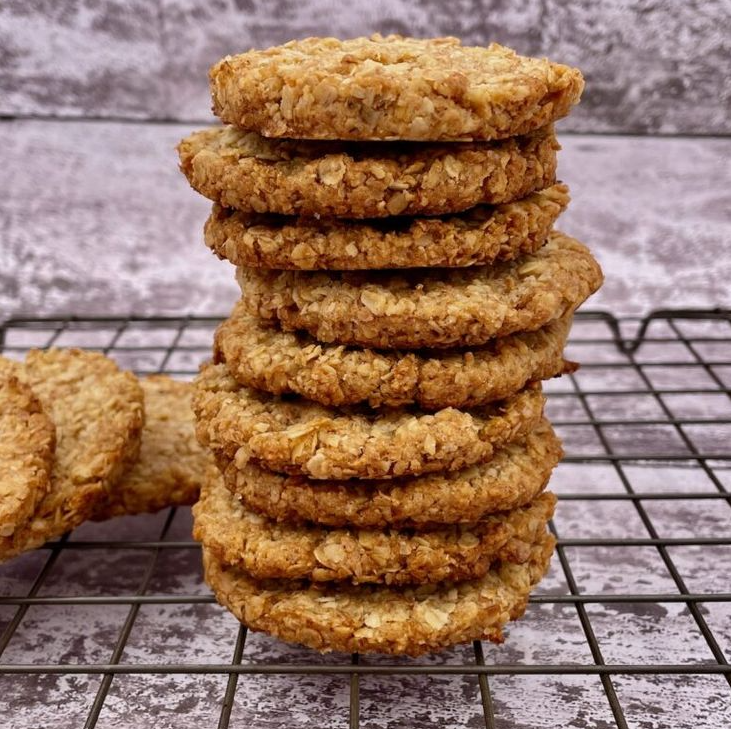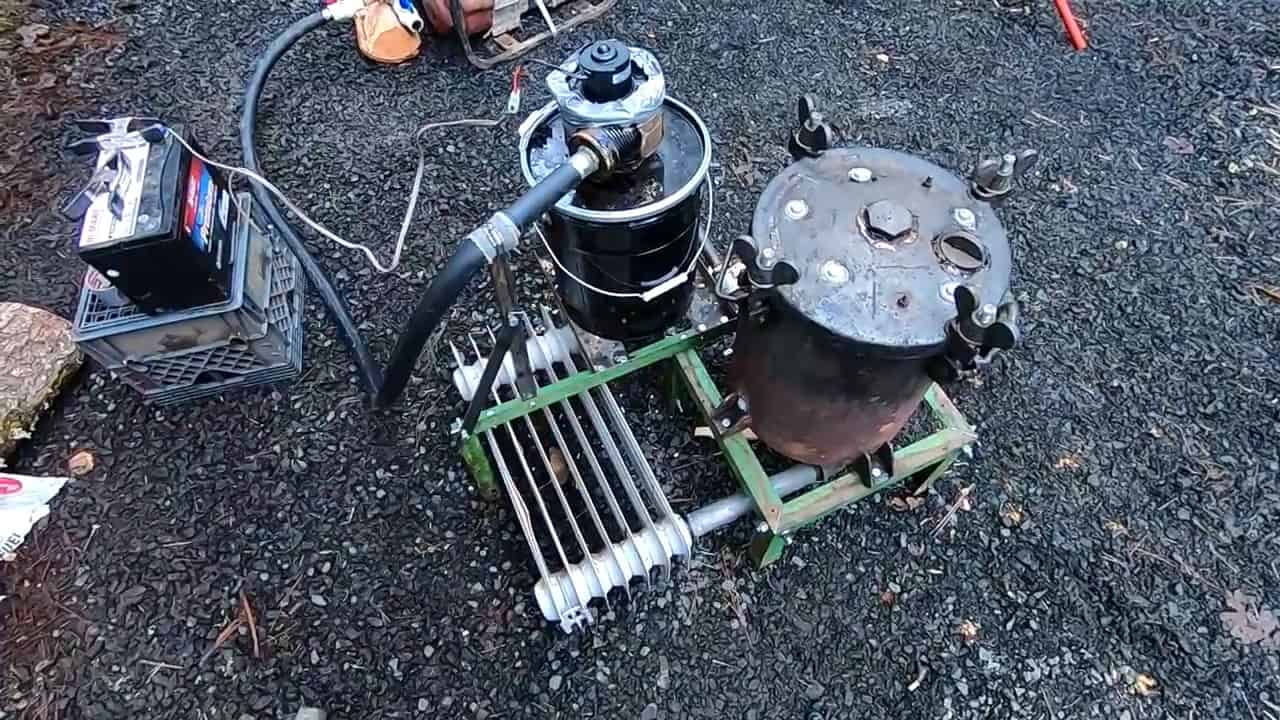Preppers often focus on the basics: rice, beans, and freeze-dried meals. While these are all cheap, simple, and long-lasting, there’s one old-school recipe that’s often overlooked: ANZAC Biscuits.
Born out of wartime necessity, these biscuits were designed to survive long journeys and brutal conditions without refrigeration or preservatives. They’re a symbol of resilience that also happens to taste good, making them a perfect morale booster for any prepper.
What Are ANZAC Biscuits?
ANZAC stands for Australian and New Zealand Army Corps. These biscuits have deep roots in World War I, where families sent care packages to soldiers overseas. The food needed to survive months at sea without refrigeration, and this recipe fit the bill perfectly.
Made from common pantry staples, ANZAC Biscuits became a symbol of toughness and a morale booster for soldiers on the battlefield. They were cheap to make, easy to bake in large batches, and packed a decent calorie punch.
Today, these biscuits are still baked across Australia and New Zealand to honor veterans. For preppers, they are an early example of survival food done right. They’re the opposite of today’s expensive, over-processed “survival snacks” and prove that effective prepping doesn’t have to be complicated.
How to Make ANZAC Biscuits
You don’t need a fancy kitchen or specialty ingredients to make these. This recipe has survived over 100 years because it’s simple and uses ingredients that belong in every prepper’s pantry.
Ingredients
- 1 cup rolled oats
- 1 cup all-purpose flour
- 1 cup sugar (white, or use brown for a richer flavor)
- 1 cup desiccated coconut (optional but traditional for texture and flavor)
- 1/2 cup (1 stick) butter
- 2 tablespoons golden syrup (honey or corn syrup are good alternatives)
- 1/2 teaspoon baking soda
- 2 tablespoons boiling water
Pro Tip: To make things easier in an emergency, you can pre-mix the dry ingredients and store them in vacuum-sealed Mylar bags. When you’re ready to bake, just add the wet ingredients.
Cooking Instructions
- Combine Dry Ingredients: In a large bowl, mix the oats, flour, sugar, and coconut.
- Melt Wet Ingredients: In a saucepan over low heat, melt the butter and golden syrup (or honey). Don’t boil, just melt until smooth.
- Add Baking Soda: In a separate cup, mix the baking soda with the boiling water. It will fizz up.
- Combine All Ingredients: Pour the soda mixture into the melted butter and syrup, then immediately stir this into the dry ingredients until it’s sticky and cohesive.
- Shape and Bake: Scoop walnut-sized portions, roll them into balls, and place them on a greased or lined baking tray. Flatten them slightly and leave space because they will spread.
- Bake: Bake at 325°F (160°C) for 12–15 minutes for chewy biscuits. For long-term storage, bake for 15–18 minutes until they are golden and crisp.
- Cool Completely: Let the biscuits cool completely on a wire rack. Don’t store them warm, as trapped moisture will cause them to spoil.
Each biscuit provides roughly 120 kcal. A full batch of 20–24 biscuits costs about $5–7 to make, making it a budget-friendly option compared to store-bought survival bars.
How Long Do ANZAC Biscuits Last?
Historically, these biscuits were still edible after months at sea. With modern prepping techniques, we can do even better. The key to long-term storage is to remove all moisture.
- For long-term storage, bake until crisp, not chewy.
- Once completely cool, you can even run them through a low-temperature dehydrator for a few hours to ensure all moisture is gone.
Best Storage Methods:
- Mylar bags with oxygen absorbers: This is the gold standard for long-term storage, protecting the biscuits from light, air, and moisture. They can last up to 5 years.
- Vacuum-sealed bags: A good alternative for short- to mid-term storage.
- Glass jars with desiccant packs: Ideal for smaller batches and must be airtight.
- Food-grade buckets: Great for bulk storage when used with sealed Mylar bags inside.
Remember to store all containers in a cool, dark, and stable environment. While a 5-year shelf life is possible, it’s always a good idea to store a test batch and check on it periodically. If the biscuits smell off or look strange, discard them.
ANZAC Biscuits vs. Hardtack
Both ANZAC Biscuits and hardtack were developed during wartime and are known for their longevity. While they might seem similar, they serve different purposes.
| Feature | Hardtack | ANZAC Biscuits |
| Origin | 1600s (Europe) | World War I (Australia/New Zealand) |
| Ingredients | Flour, water, salt | Oats, flour, sugar, butter, syrup, etc. |
| Texture | Very hard, almost rock-like | Chewy to crisp, more pleasant |
| Taste | Bland, neutral | Sweet, hearty |
| Shelf Life | Decades if kept dry | 1-5 years with proper storage |
| Use Case | Extreme long-term fuel, barter | Energy, morale booster, pantry rotation |
If your priority is pure longevity and indestructibility, hardtack is hard to beat. But if you also want a morale-boosting, tasty snack, ANZAC Biscuits are the better choice. The smart answer is to stockpile both. Use hardtack for your extreme long-haul needs and ANZAC Biscuits for your pantry, bug-out bag, and as a morale booster.




